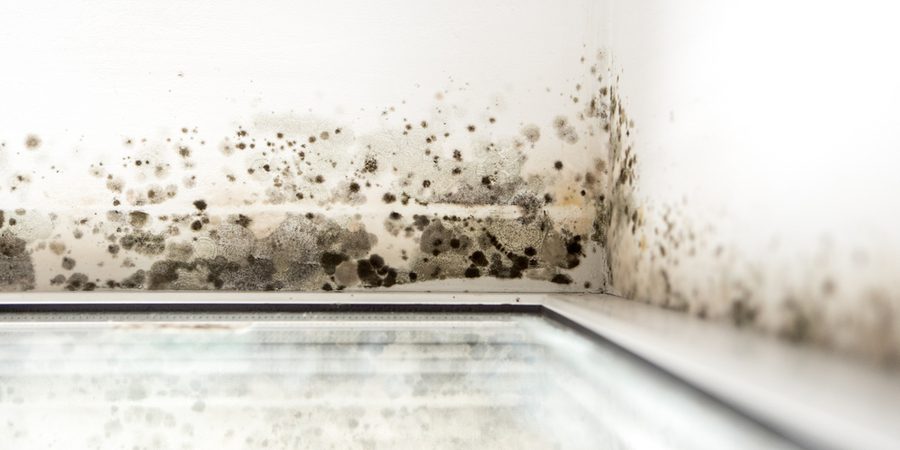After a flood or storm, the water that is left behind can lead to another growing problem – mold. Mold growth happens rapidly, and it can lead to a number of health concerns as well as lost property. When you spot the first signs of mold, it’s important to notify a restoration company to eradicate the mold and determine what is causing the mold growth in the first place. When you call a restoration company after a leak or flood, the professionals will work to ensure mold doesn’t come from any moisture left behind in the first place. However, this isn’t always possible when homeowners decide to take care of minor leaks or floods themselves.
When standing water makes its way into your home, this shouldn’t be viewed as a DIY project. Calling a professional restoration company will ensure the water is cleaned thoroughly and with the potential of mold growth in mind.
Common Types Of House Mold And Their Characteristics
There are hundreds of thousands of different types of mold, but a certain few are particularly common in homes. The temperature and moisture level of the air in the home creates a perfect mold growth environment, allowing these common house molds to thrive once they begin growing on any surface. Some characteristics of common types of house mold are:
- Acremonium – Acremonium is a type of mold that is considered to be toxigenic, which means it can produce toxic substances that have the potential to lead to dangerous health conditions. This is a fine powdery mold that takes on a gray, white, pink, or orange color and can be found on window sealant, drain pans, or in humidifiers that aren’t regularly cleaned.
- Alternaria – Alternaria is an exceptionally common house mold with allergenic properties. For those who have allergies, the spores of this mold can exasperate conditions and lead to dangerous asthma attacks or other respiratory conditions. This is a mold with a velvety texture and often takes on a dark green or brown appearance. This mold will grow wherever dampness is found in the home, and it’s often found in basements or bathrooms where moisture thrives.
- Aspergillus – There are over 180 different species of aspergillus mold, so it can take on a variety of appearances and textures depending on the species you’re working with. This is typically an allergenic mold, however, some species can take on toxigenic properties as well. This incredibly common type of American house mold, like Alternaria, can be found wherever moisture lurks in a home.
What To Do About Mold
While it’s good to have an idea about what type of mold you’re working with, it’s always best to call in restoration professionals when mold begins to take over your home. Only the professionals will be able to eradicate the mold safely and effectively long-term. If you’ve recently experienced a flood with or without subsequent mold growth, call our professionals at Blackhill Restoration to see how our professionals can keep your home mold-free today.

